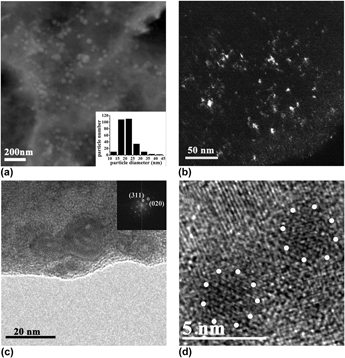Crossref Citations
This article has been cited by the following publications. This list is generated based on data provided by
Crossref.
Li, Rengeng
Kang, Huijun
Chen, Zongning
Fan, Guohua
Zou, Cunlei
Wang, Wei
Zhang, Shaojian
Lu, Yiping
Jie, Jinchuan
Cao, Zhiqiang
Li, Tingju
and
Wang, Tongmin
2016.
A promising structure for fabricating high strength and high electrical conductivity copper alloys.
Scientific Reports,
Vol. 6,
Issue. 1,
Zou, Cunlei
Kang, Huijun
Wang, Wei
Chen, Zongning
Li, Rengeng
Gao, Xiaoxia
Li, Tingju
and
Wang, Tongmin
2016.
Effect of La addition on the particle characteristics, mechanical and electrical properties of in situ Cu-TiB2 composites.
Journal of Alloys and Compounds,
Vol. 687,
Issue. ,
p.
312.
Zou, Cunlei
Chen, Zongning
Guo, Enyu
Kang, Huijun
Fan, Guohua
Wang, Wei
Li, Rengeng
Zhang, Siruo
and
Wang, Tongmin
2018.
A nano-micro dual-scale particulate-reinforced copper matrix composite with high strength, high electrical conductivity and superior wear resistance.
RSC Advances,
Vol. 8,
Issue. 54,
p.
30777.
Nakashima, Kao
Miyamoto, Kenta
Kunimine, Takahiro
Monzen, Ryoichi
and
Muramatsu, Naokuni
2020.
Precipitation behavior of Cu–Zr compounds in a Cu-0.13 wt%Zr alloy.
Journal of Alloys and Compounds,
Vol. 816,
Issue. ,
p.
152650.
Cao, Fei
Dong, Gezhi
Jiang, Yihui
Xiao, Peng
Wang, Tongmin
and
Liang, Shuhua
2020.
Effect of La addition on microstructures and properties of TiB2(-TiB)/Cu hybrid composites prepared by in situ reaction.
Materials Science and Engineering: A,
Vol. 789,
Issue. ,
p.
139605.
Cao, Chezheng
Yao, Gongcheng
Sokoluk, Maximilian
and
Li, Xiaochun
2020.
Molten salt-assisted processing of nanoparticle-reinforced Cu.
Materials Science and Engineering: A,
Vol. 785,
Issue. ,
p.
139345.
ZHANG, Zi-chen
WANG, Ri-chu
PENG, Chao-qun
FENG, Yan
WANG, Xiao-feng
WU, Xiang
and
CAI, Zhi-yong
2021.
Effect of elevated-temperature annealing on microstructureand properties of Cu−0.15Zr alloy.
Transactions of Nonferrous Metals Society of China,
Vol. 31,
Issue. 12,
p.
3772.
Jiang, Yihui
Zhang, Xingde
Cai, Pengtao
Li, Pengtao
Cao, Fei
Gao, Fan
and
Liang, Shuhua
2023.
Precipitation behavior and microstructural evolution during thermo-mechanical processing of precipitation hardened Cu-Hf based alloys.
Acta Materialia,
Vol. 245,
Issue. ,
p.
118659.
Guo, Mixue
Zhou, Meng
Zou, Jin
Jing, Ke
Hu, Haoyan
Zhang, Yi
Bai, Qian
Tian, Caijiao
Tian, Baohong
Li, Xu
and
Volinsky, Alex A.
2024.
Y effects on the Cu-Zr-Fe alloys’ aging behavior and properties.
Journal of Alloys and Compounds,
Vol. 977,
Issue. ,
p.
173418.
